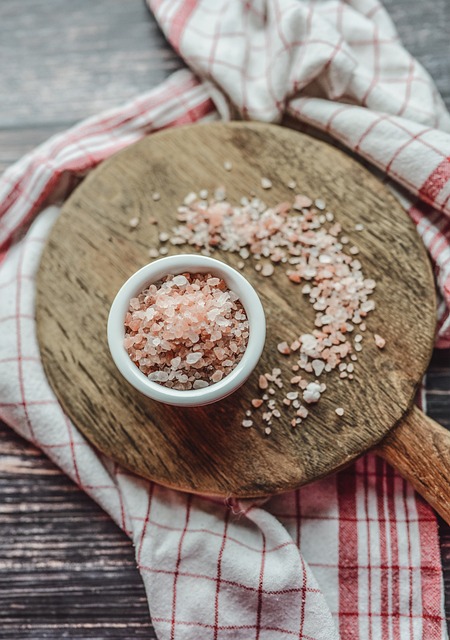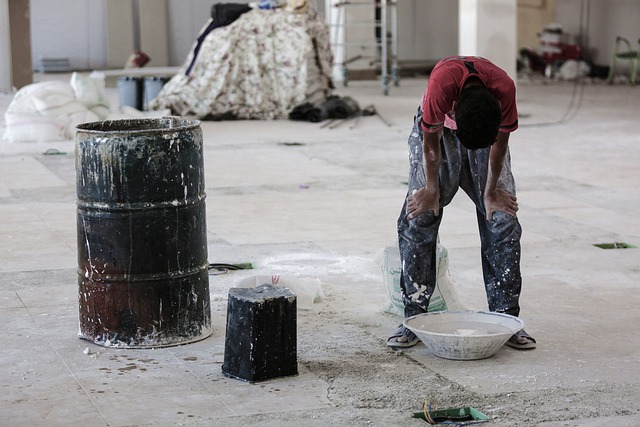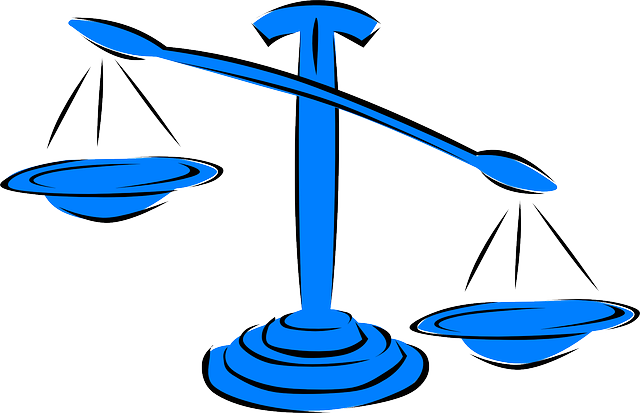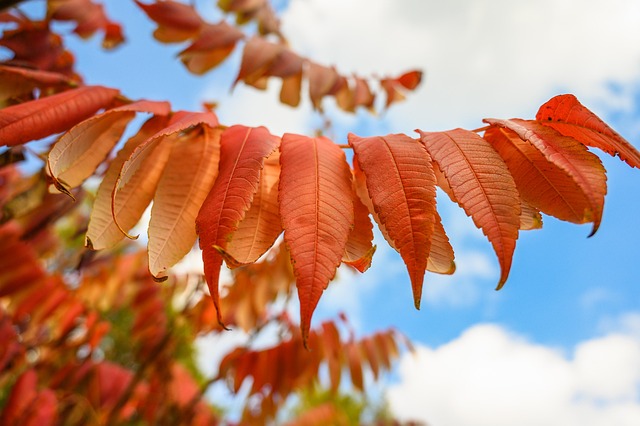Water softeners are key tools in modern water conservation, addressing hard water issues and extending plumbing lifespans while reducing energy consumption for heating water. Smart water softeners with remote monitoring, timers, and sensors offer precise water management, enhancing conservation efforts. Identifying leaks early through regular inspections and smart technology can save significant amounts of water and money. Water-efficient fixtures like low-flow showerheads and aerator faucets further reduce household water waste, while greywater recycling combined with water softeners conserves resources. Community engagement through education and knowledge-sharing is crucial for successful long-term water conservation.
In today’s world, prioritizing water conservation is more vital than ever. This article explores practical steps to significantly reduce water usage, with a focus on implementing water-saving practices. We delve into the role of water softeners in conservation efforts, offering insights on their benefits and how they can be part of the solution. Additionally, it guides readers through identifying leaks, upgrading fixtures, embracing greywater recycling, and fostering community engagement to create a more sustainable future.
- Understanding Water Softeners and Their Role in Conservation
- Identifying Leaks: A Crucial Step Towards Saving Water
- Efficient Fixtures and Appliances: Upgrading for Less Waste
- Greywater Recycling: Reusing What We Often Discard
- Community Engagement: Spreading Awareness and Encouraging Action
Understanding Water Softeners and Their Role in Conservation

Water softeners play a crucial role in modern water conservation efforts, especially in regions with hard water issues. These systems are designed to remove minerals like calcium and magnesium from household water supplies, preventing them from building up in pipes and appliances. By softening water, they not only extend the lifespan of plumbing fixtures but also significantly reduce energy consumption associated with heating water, as softer water requires less energy for hot water heaters.
In today’s digital era, many innovative water softeners offer smart features that allow users to monitor and control their systems remotely. This technology enhances conservation efforts by enabling precise management of water usage. Additionally, some advanced models incorporate timers and sensors to ensure efficient operation, only softening water when needed, thereby further reducing waste and saving precious resources for future generations.
Identifying Leaks: A Crucial Step Towards Saving Water

Identifying leaks is a crucial first step in any water-saving journey. Despite seemingly insignificant, even tiny drips can lead to significant waste over time. Homeowners should regularly inspect their plumbing for any signs of leaks, from faucets that drip to toilet tanks that run continuously. A simple way to start is by checking for moisture or water stains around fixtures and walls, as these could indicate hidden leaks beneath the surface.
Furthermore, consider investing in a water softener, which not only improves water quality but also helps identify potential issues. Many modern water softeners come equipped with smart technology that can detect unusual water flow patterns, alerting you to potential leaks or other plumbing problems. By addressing leaks promptly, you can significantly reduce your water consumption and save on costly repairs.
Efficient Fixtures and Appliances: Upgrading for Less Waste

Water-efficient fixtures and appliances play a significant role in reducing household water waste. Simple upgrades like low-flow showerheads, aerator faucets, and high-efficiency washing machines can substantially decrease water consumption without compromising performance. These devices are designed to minimise water usage while still fulfilling their intended functions.
One notable example is the implementation of water softeners, which help in reducing water wastage by improving the efficiency of water utilisation. Softened water requires less energy for heating and cleaning, leading to lower utility bills and a smaller environmental footprint. This small change can make a significant difference over time, contributing to a more sustainable lifestyle.
Greywater Recycling: Reusing What We Often Discard

Greywater recycling is a powerful water-saving practice that involves reusing water from sources like sinks, showers, and washing machines for non-potable purposes, such as irrigation or toilet flushing. This method reduces the demand for fresh water and minimizes the strain on traditional water supply systems. By employing greywater systems, households can significantly cut down their overall water consumption, especially in areas facing water scarcity.
Water softeners play a crucial role in this process by removing minerals like calcium and magnesium, which can accumulate in water pipes and appliances over time. These accumulated minerals not only reduce water pressure but also contribute to the scaling of fixtures and appliances, potentially leading to higher energy costs for heating water. By softening water before it enters greywater systems, households ensure that the recycled water remains clean and safe for reuse, extending the lifespan of plumbing infrastructure and promoting a more sustainable approach to water management.
Community Engagement: Spreading Awareness and Encouraging Action

Water conservation is a collective effort, and community engagement plays a vital role in promoting sustainable practices. By raising awareness about water-saving techniques, residents can be empowered to make simple yet significant changes in their daily routines. Educational initiatives, such as workshops or community events, can help demonstrate the impact of individual actions, like installing water softeners, on reducing overall water consumption.
Encouraging local residents to share knowledge and inspire one another creates a ripple effect, fostering a culture of environmental responsibility. This collective consciousness can lead to broader adoption of eco-friendly habits, ensuring that communities not only conserve water but also contribute to a healthier environment for future generations.






